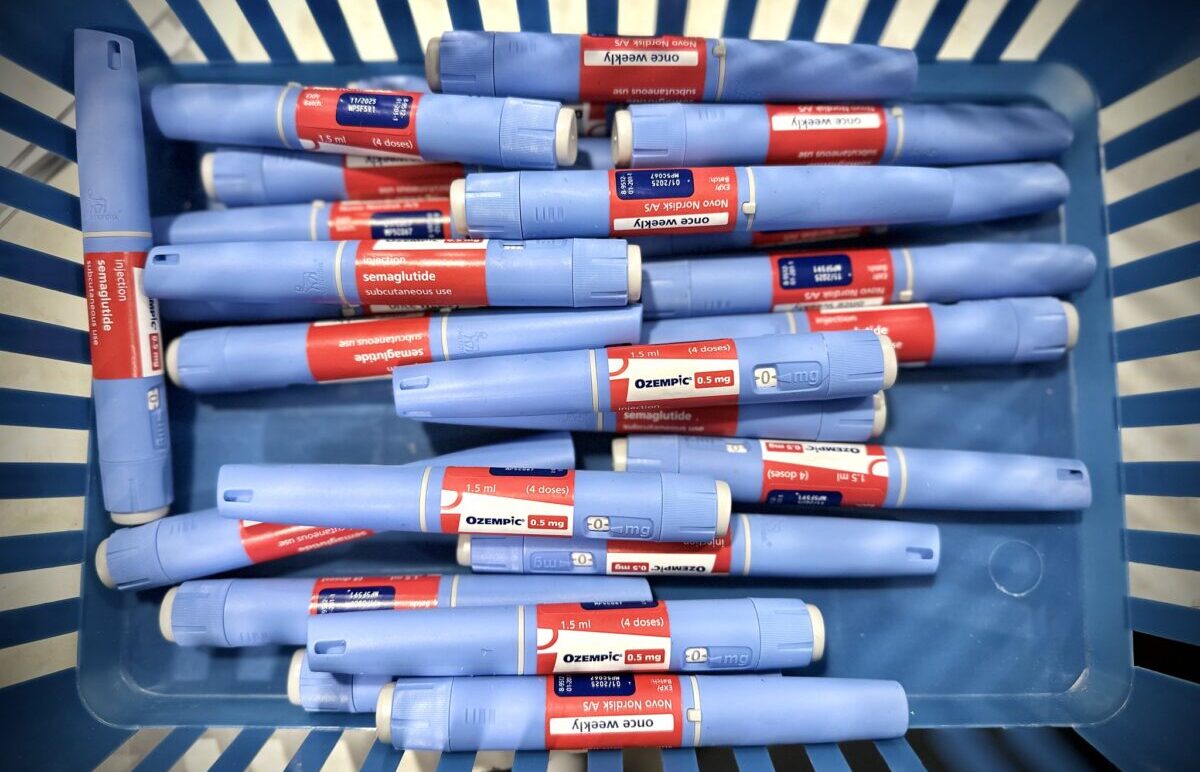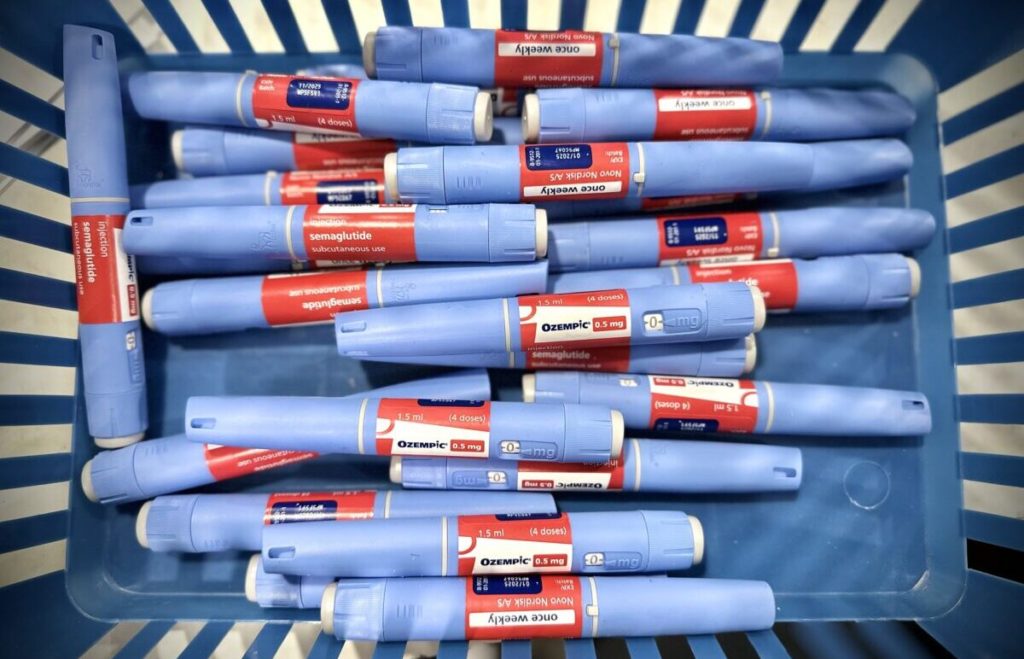Originally Authored at TheFederalist.com

The number of U.S. military service members on weight-loss drugs have jumped nearly 100-fold since 2018, according to a recent analysis of Defense Department data.
On Thursday, Stars and Stripes, an independent military publication, reported on the study posted in the Medical Surveillance Monthly Report, a peer-reviewed journal for the armed forces. According to the latest report out in January, the prevalence of weight-loss drug prescriptions for U.S. military personnel skyrocketed from 1.2 per 100,000 servicemembers in 2018 to 104.4 per 100,000 members in June 2023.
“Use of weight loss medications will likely continue to increase due to the ongoing obesity epidemic in the U.S.,” researchers noted, with obesity among the armed forces already on the rise. The prevalence of obesity jumped from just more than 16 percent among full-time active service members to nearly 19 percent in 2021. Roughly 67 percent of the U.S. adult population aged 18 and older were qualified as either obese or overweight in 2021, according to the Centers for Disease Control (CDC).
The CDC estimates the Pentagon spends about $1.5 billion in obesity-related health costs and loses 658,000 work days due to it each year. In 2018, the Department of Defense authorized the use of four weight-loss drugs due to the crisis within the military’s ranks.
U.S. lockdowns accelerated the pace of weight gain with nearly 10,000 Army service members emerging obese, according to the Associated Press last spring. Military prescriptions for weight-loss drugs went from 7 in January 2018 to 816 in June 2023. Weight-loss injections such as semaglutide, which was included in the list of medications covered in 2021, can carry severe side effects, from kidney damage to stomach paralysis.
Last year, Army Major Nolan Johnson outlined “Why the Army can’t get in shape” for ArmyTimes. In short, he wrote, the answer lies in “Dip, Doritos and drinking.”
“On every base, [the Army and Air Force Exchange Service] AAFES offers tobacco at state minimum prices, deals on candy bars, and alcohol without tax,” Johnson explained. “Soldiers can either embrace these cheap, unhealthy options or take a 30-minute trip off-post to find healthy options that cost a premium.”
“The results are obvious,” Johnson added. “For a force pressed on time and money, 2-for-1 Monster energy drinks, discounted hot dogs, and chewing tobacco are the regular lunch plan.”
The American obesity epidemic has also become a primary obstacle to military recruitment. A report from the American Security Project last year blamed being overweight as the “greatest single disqualifier” for military eligibility. The CDC estimated that just above 1 in 3 Americans between the ages 17 and 24 were already ineligible to enlist in 2018 due to their weight. Ninety percent of military applicants come from that age range.
Nearly half the United States is expected to be obese by the end of the decade, according to a Harvard study conducted before coronavirus lockdowns accelerated the trend.
